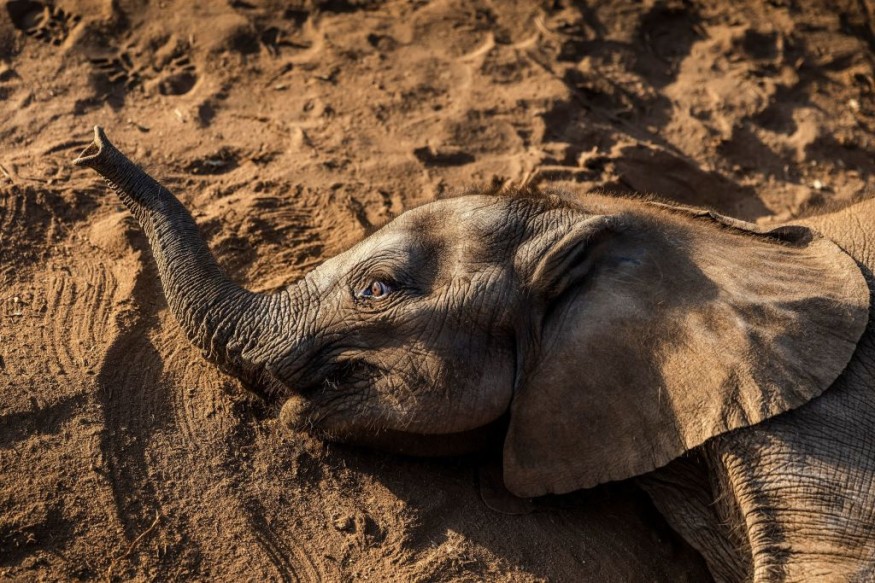For Kenyan farmers suffering from drought, thirsty elephants present a new dilemma. Due to increased competition for resources, residents in Taita-Taveta county have had to devise inventive methods of keeping wildlife at bay.
Elephants and Farmers

Francis Mutuku didn't worry about how he would provide for himself or a future family when he moved to Marungu, in Kenya's south-eastern Taita-Taveta district, 35 years ago.
Back then, he would harvest roughly 60 bags of maize and 20 bags of mung beans, which would be enough to have an excess to sell. The rains would fall on schedule.
However, Mutuku seemed sad when the Guardian encountered him on the same plot of the property last month. Because he is not sure when the rains will arrive, he cannot plant in the newly formed field quite yet. The third straight year of drought has impacted both people and animals.
According to experts, they are suffering because wealthy nations have contaminated the environment, adds Mutuku.
Elephants, in particular, have been drawn closer to farmers like Mutuku due to the drought in the Tsavo protected area. These animals are searching the region for food and water. An elephant that is fully grown may eat 200 kg of dry mass and 200 liters of water each day.
Two adult and seven baby elephants had visited Mutuku's house the week before our arrival, destroying his water storage tanks.
Thirsty Giants

According to Rachel Kennedy, who lives near Mutuku, the movement of the elephants determines when her three children walk to and from school. The effects of the drought gradually reduce wild animals' dread of humans.
She claims, "When we plant, they come." "They still come even when we don't plant. Although they have grown accustomed to the noise, we beat the iron sheet roofing on our houses. They are not scared off when we shine flashlights on them. When confronted by a herd of 14 elephants, little can be done.
According to the previous year's wildlife census results, 37% of Kenya's elephant population, or approximately 15,000 elephants, reside in the Tsavo environment. In addition, despite the nation's efforts to increase the number of elephants, Najib Balala, the departing tourism minister, claimed earlier this year that the climate issue was killing "20 times more elephants than poaching."
Between January and June of this year, 179 elephants in Kenya perished due to drought; according to Balala, the country "had neglected to invest in biodiversity management."
Now, the local population is compelled to employ creative strategies to ward off roving elephants. "I feel compelled to keep water in the drinking trough intended for my cows so that elephants can drink and save the adjoining concrete tank from damage when they arrive. To prevent encounters with elephants, I relocated my cows to my ancestral home, which is more than 50 kilometers distant, claims Kennedy.
Taking Actions
Community development officer Mary Wangio Wanyika works for the African Wildlife Foundation (AWF). Her task includes educating the neighborhood's residents about conservation and assisting them in coping with the drought.
We have written policies and claims, Wanyika. "Let's go to the people, listen to them, and help them become more robust. We will converse, but if nothing changes on the ground, there is little we can do to help the woman who is hiking 20 kilometers in search of water. All initiatives must be centered on the people.
For the most recent updates from the animal kingdom, don't forget to follow Nature World News!
© 2025 NatureWorldNews.com All rights reserved. Do not reproduce without permission.





